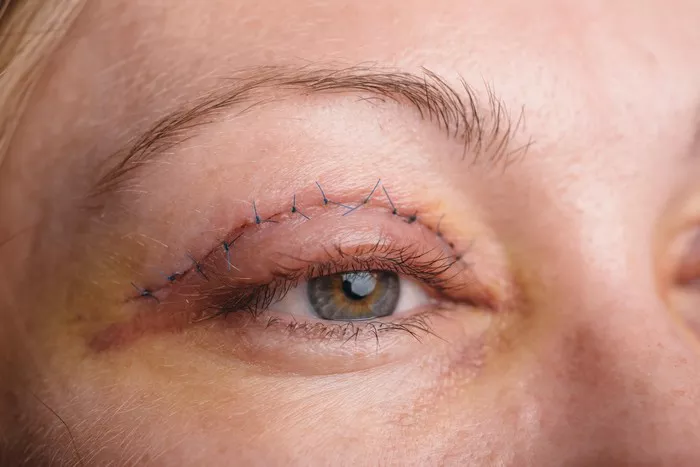Double eyelid surgery, also known as blepharoplasty, is a popular cosmetic procedure that enhances the appearance of the eyelids. One common concern among individuals considering this surgery is how long it takes for the results to appear natural. In this article, we will explore the factors that influence the healing process and the timeline for achieving natural-looking results after double eyelid surgery.
1.Understanding Double Eyelid Surgery
Double eyelid surgery involves creating a crease in the upper eyelid to enhance the definition and openness of the eyes. There are two main techniques used: incisional and non-incisional. Incisional double eyelid surgery involves making an incision to remove excess skin and fat, while non-incisional techniques use sutures or other methods to create the desired crease without cutting the skin.
2.Factors Affecting Healing and Recovery
Several factors can influence the healing process and the time it takes for double eyelid surgery to look natural:
Individual Healing Capacity: Each person’s body heals at its own pace. Factors such as age, overall health, and genetics can affect the speed of recovery.
Surgical Technique: The choice of surgical technique can impact the healing process. Incisional double eyelid surgery typically requires more time to heal compared to non-incisional techniques.
Swelling and Bruising: Swelling and bruising are common after double eyelid surgery. The extent and duration of these side effects vary from person to person.
Postoperative Care: Proper postoperative care, including keeping the surgical area clean, following the surgeon’s instructions, and avoiding strenuous activities, can promote faster healing and minimize complications.
3.Timeline for Natural-Looking Results
While individual experiences may vary, the following timeline provides a general overview of the stages involved in achieving natural-looking results after double eyelid surgery:
Immediate Postoperative Period (0-2 weeks): During this stage, swelling and bruising are most prominent. The eyelids may appear puffy, and the crease may look higher or more defined than desired. Cold compresses, prescribed medications, and regular follow-up visits with the surgeon are essential during this phase.
Subacute Healing (2-6 weeks): Swelling and bruising gradually subside, and the eyelids start to take on a more natural appearance. The crease begins to settle into its final position, although it may still appear slightly higher than expected. Makeup can be used to camouflage any residual discoloration.
Early Maturation (6-12 weeks): By this stage, most of the swelling and bruising have resolved. The eyelids continue to heal, and the crease becomes more defined and natural-looking. Patients typically notice a significant improvement in their appearance during this period.
Long-Term Healing (3-6 months): At this point, the majority of the healing process is complete. The eyelids have settled into their final position, and the crease appears well-defined and natural. Any residual swelling or tightness should resolve, and the patient can enjoy the full benefits of the surgery.
Final Results (6-12 months): It can take up to a year for the final results of double eyelid surgery to fully manifest. By this time, the eyelids should have a natural appearance, and any scarring from the incisional technique should be minimal and well-concealed.
Conclusion
The timeline for achieving natural-looking results after double eyelid surgery varies from person to person. Factors such as individual healing capacity, surgical technique, and postoperative care play crucial roles in the healing process. While immediate results may appear different from the desired outcome, it is important to be patient and follow the surgeon’s instructions for optimal healing. By understanding the stages of healing and having realistic expectations, individuals can achieve the natural-looking results they desire from double eyelid surgery.


